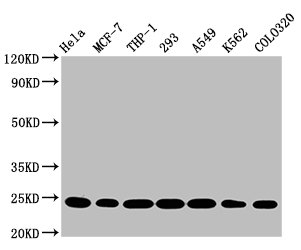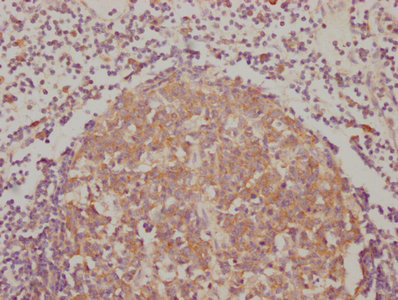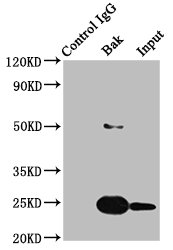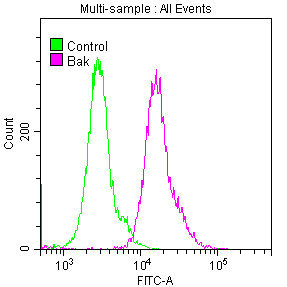The creation of the BAK1 antibody by CUSABIO involves a series of steps. Initially, an animal is immunized with a synthetic peptide derived from human BAK1, prompting the generation of antibodies. These antibodies are then sequenced, and the corresponding antibody gene is synthesized. CUSABIO inserts the BAK1 antibody gene into plasma vectors, which are subsequently transfected into mammalian cells using a lipid-based transfection reagent. After a transient expression period, the recombinant antibodies against BAK1 are purified from the culture medium. This BAK1 recombinant monoclonal antibody is specifically designed for the detection of human BAK1 protein in ELISA, WB, IHC, FC, and IP experiments.
BAK1 is involved in the control of a number of different types of programmed cell death (PCD), including immunity and development- and defense-related PCD. It has been demonstrated that BAK1 serves as a primary player at the intersection of multiple physiological processes, including the regulation of development, and responses to biotic stresses. The involvement of BAK1 in brassinosteroid (BR) signaling, vascular differentiation, stem elongation, flowering, floral abscission, fertility, and senescence has also been documented.







